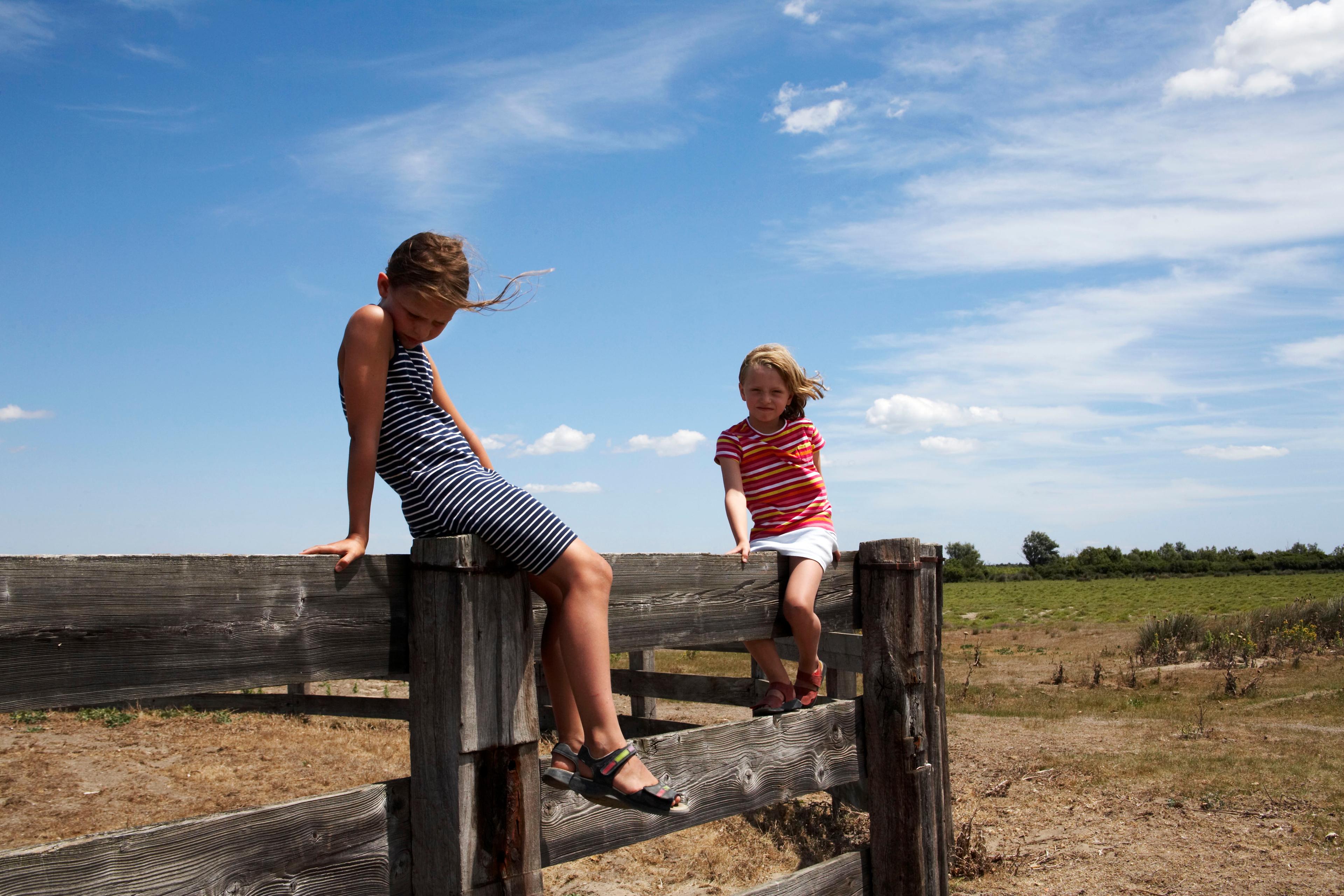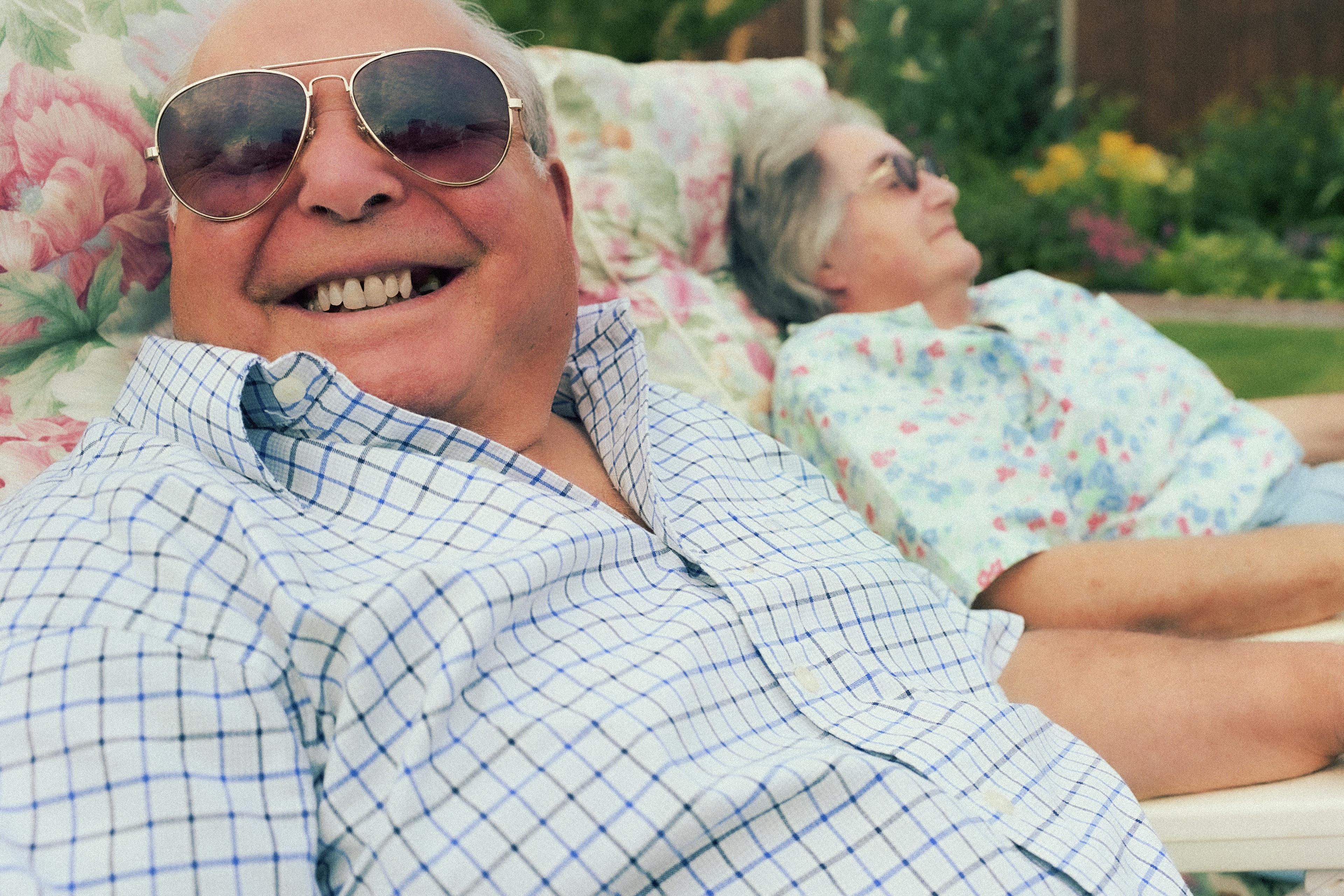
Introverts are excluded unfairly in an extraverts’ world
One in three people are introverts, physically present, but culturally absent. We shouldn’t have to change to be heard
by Noa Herz

One in three people are introverts, physically present, but culturally absent. We shouldn’t have to change to be heard
by Noa Herz

What the new science of narcissism tells us about its nuances, and how to avoid its darts while gaining from its strengths
by W Keith Campbell & Carolyn Crist

You don’t have to be outgoing. But if being introverted is holding you back from the life you want, dive in for a way out
by Christian Jarrett

Given their cautious vigilance, shy children are more likely to detect social threats and anticipate how events will unfold
by Raha Hassan & Kristie Poole

Some people have a powerful desire to understand themselves, but their path to self-knowledge is rarely straightforward
by Christoph Heine

It’s not only writer’s intuition. Use personality psychology to create just the right blend of surprise and believability
by Kira-Anne Pelican

You can’t stop people making demands on your time and energy, but you can develop assertiveness skills to protect yourself
by Rebecca Roache

For many multilinguals, switching between tongues can lead to shifts in personality, revealing the malleability of the self
by Antonella Gismundi

Ambivalence is often misconstrued as flakiness. In fact, recognising both sides of an argument fosters empathy and insight
by Iris Schneider

Personality traits such as agreeableness and openness to experience can help explain differences in moral judgment
by Luke D Smillie & Milan Andrejević


There is a personality trait we carry throughout life that explains why some of us find it easier to change than others
by Amanda J Wright

Conscientiousness is constantly touted as a virtue, so what’s life like for people with the opposite trait – disinhibition?
by Janan Mostajabi

Surveys suggest only a minority of people live lives entirely free from mental disorder. What can we learn from them?
by Jonathan D Schaefer

A fresh investigation of vast numbers of young people from around the world has thrown up some surprising results
by Jakob Pietschnig & Sandra Oberleiter

Therapy often focuses on symptoms of specific disorders. Targeting a high-risk personality trait could be more efficient
by Shannon Sauer-Zavala